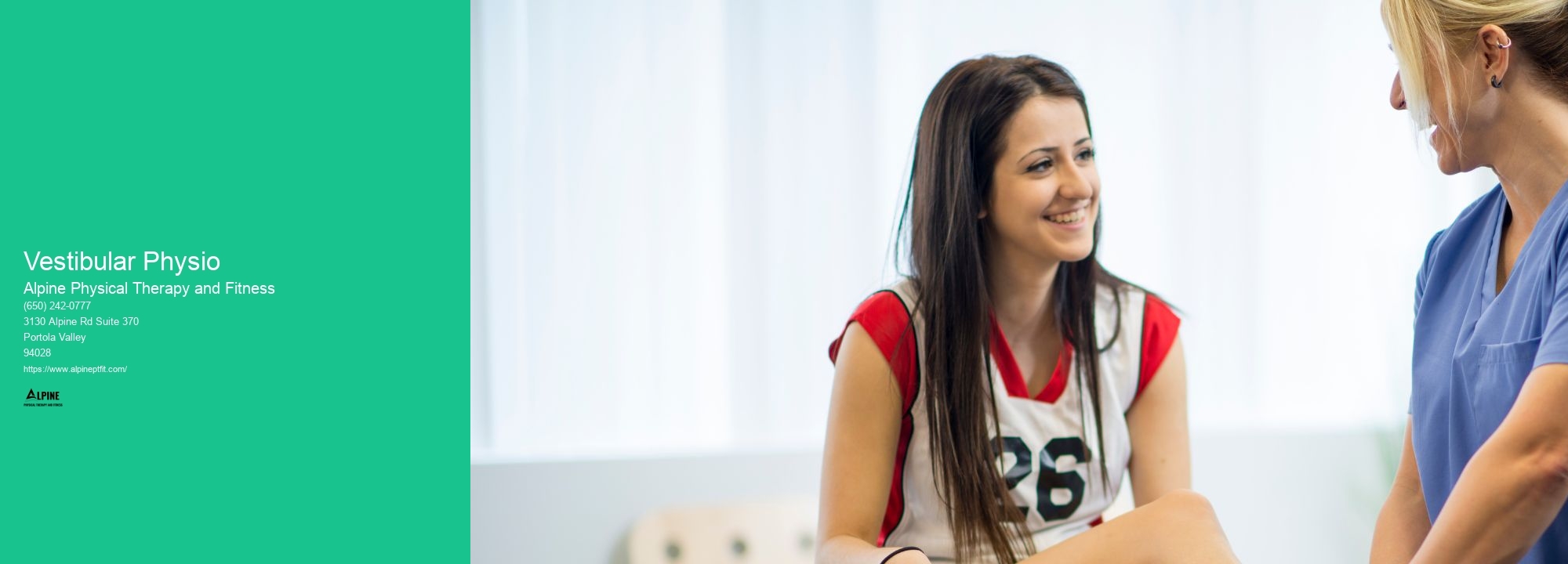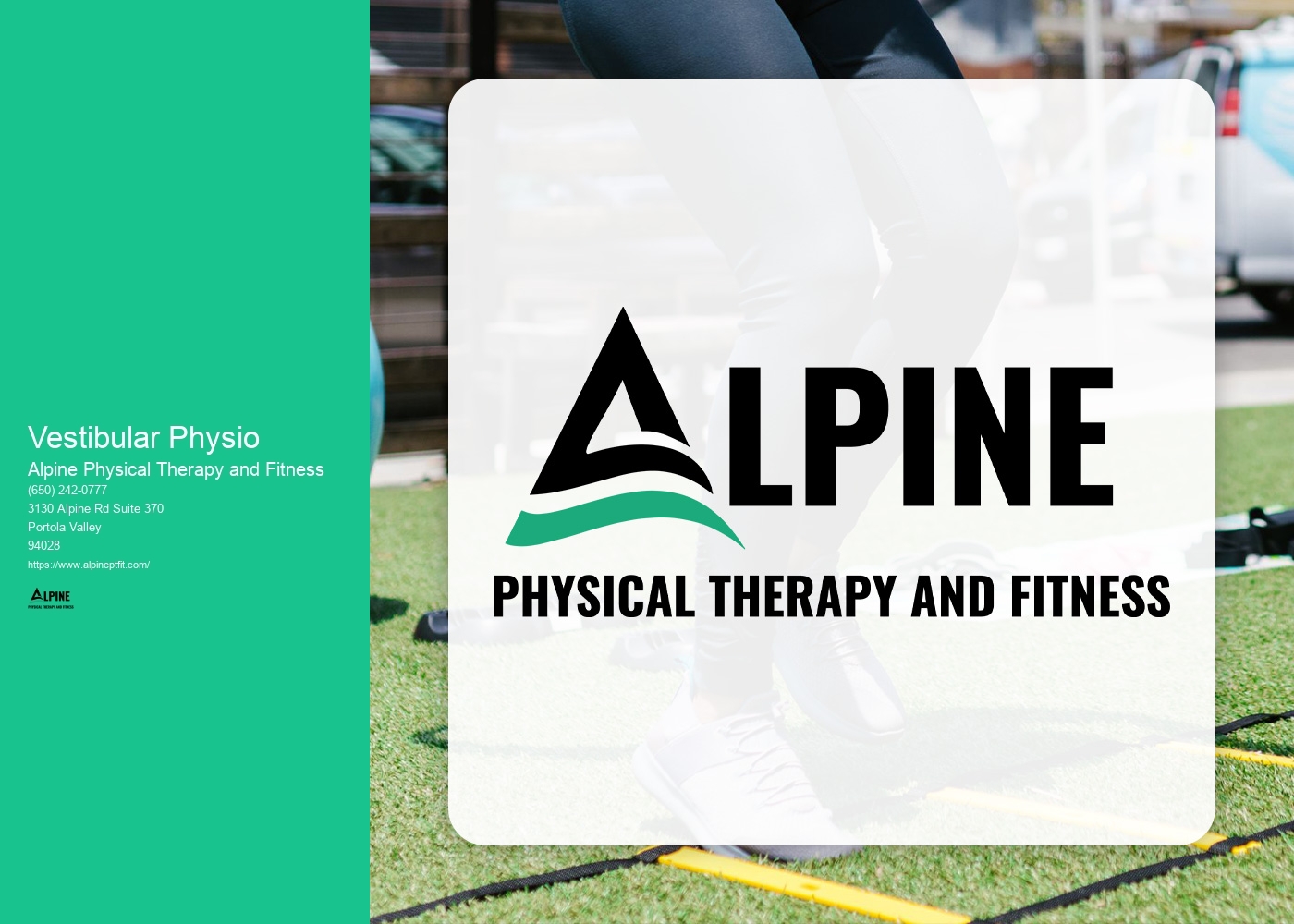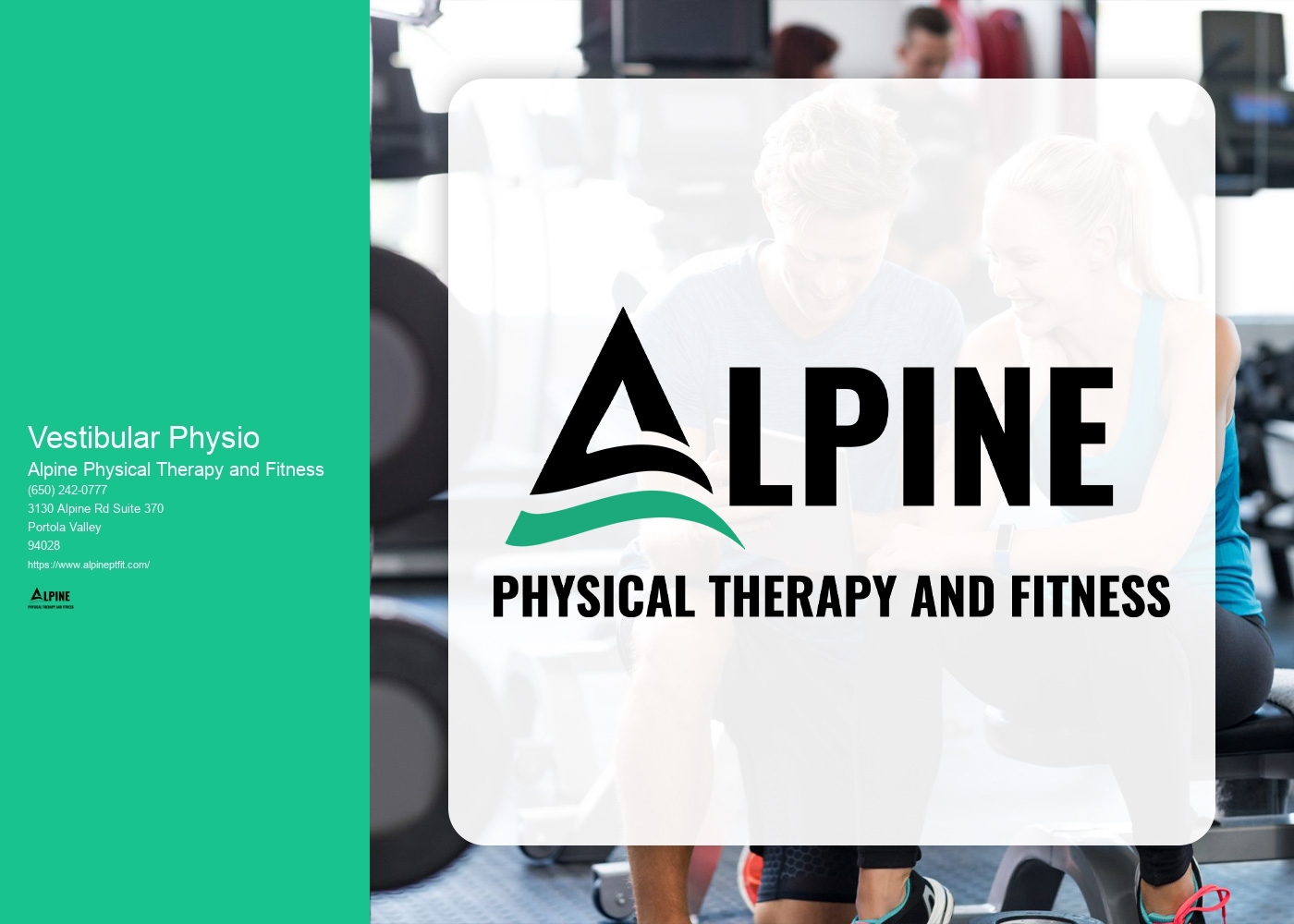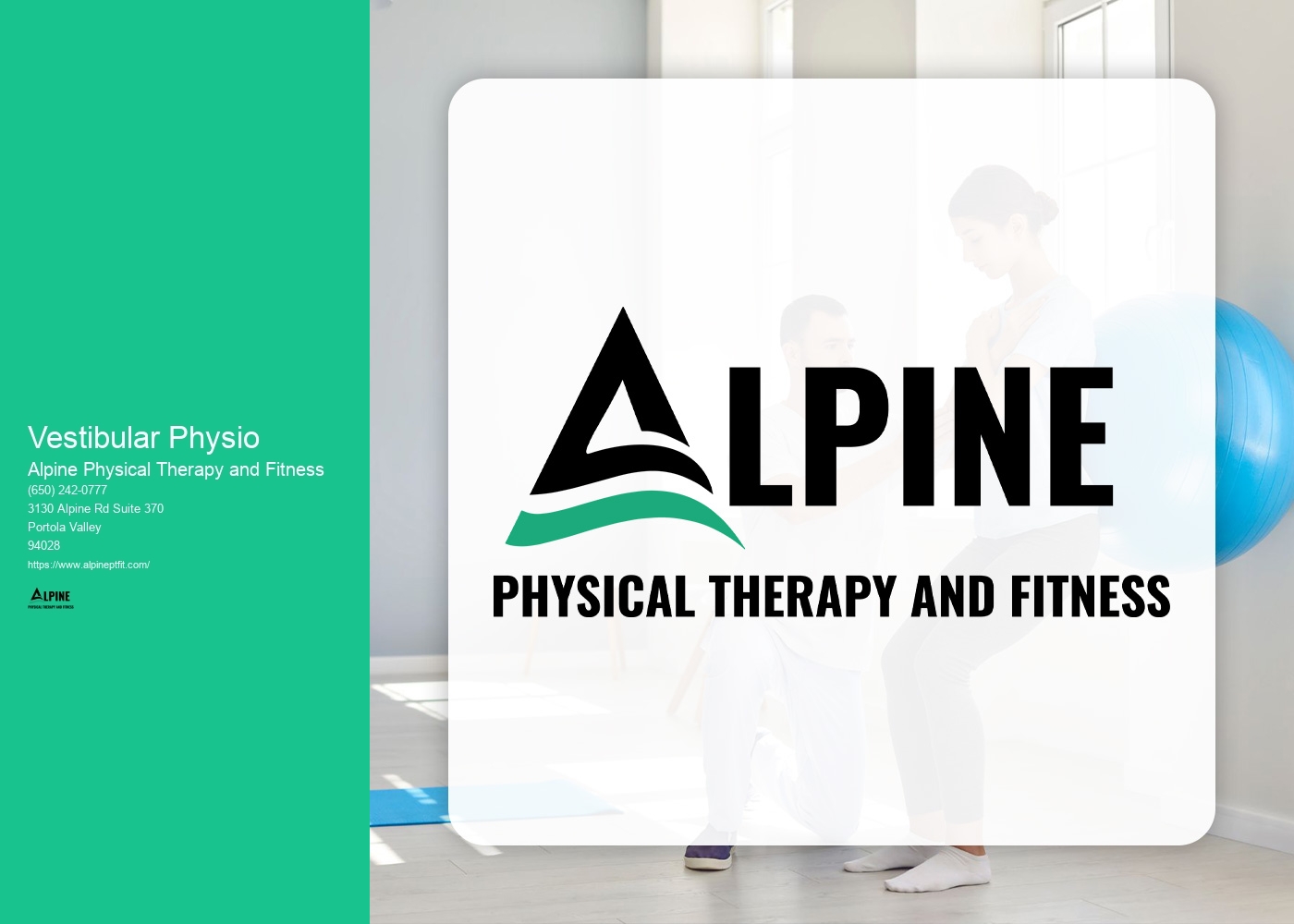

Vestibular physiotherapy is a specialized form of physical therapy that focuses on treating balance and dizziness issues caused by problems with the vestibular system. The vestibular system is responsible for maintaining our sense of balance and spatial orientation. Vestibular physiotherapy aims to improve the function of this system through a variety of exercises and techniques. By targeting the underlying causes of balance and dizziness problems, vestibular physiotherapy can help individuals regain their stability and reduce symptoms.
There are several common causes of vestibular disorders, including inner ear infections, head injuries, and certain medical conditions such as Meniere's disease. Physiotherapy can address these issues by targeting the specific impairments in the vestibular system. For example, if an individual has a problem with the inner ear, vestibular physiotherapy may include exercises that help to retrain the brain to compensate for the imbalance. Additionally, physiotherapy can also address any associated musculoskeletal issues that may be contributing to the balance and dizziness problems.
Yes, vestibular physiotherapy can help with vertigo. Vertigo is a type of dizziness characterized by a spinning sensation. It is often caused by a dysfunction in the vestibular system. Vestibular physiotherapy can help by using techniques such as canalith repositioning maneuvers, which involve moving the head and body in specific ways to reposition displaced crystals in the inner ear. This can alleviate the symptoms of vertigo and improve balance.

Vestibular physiotherapy utilizes a range of exercises and techniques to improve balance and reduce dizziness. These may include gaze stabilization exercises, which involve focusing on a stationary object while moving the head, and balance training exercises, which challenge the individual's ability to maintain stability in various positions. Other techniques may include habituation exercises, which involve exposing the individual to movements or situations that provoke dizziness in order to desensitize the vestibular system. The specific exercises and techniques used will depend on the individual's specific condition and needs.
The length of time it takes to see improvements with vestibular physiotherapy can vary depending on the individual and the severity of their condition. Some individuals may experience improvements within a few weeks, while others may require several months of consistent therapy. It is important to note that vestibular physiotherapy is a gradual process that requires regular practice and commitment from the individual. The therapist will work closely with the individual to develop a personalized treatment plan and provide guidance throughout the rehabilitation process.

When performed by a qualified and experienced therapist, vestibular physiotherapy is generally safe and well-tolerated. However, like any form of physical therapy, there may be some risks and side effects. These can include temporary increases in dizziness or nausea during exercises, muscle soreness, or fatigue. It is important for individuals to communicate any concerns or discomfort they may experience during therapy sessions so that the therapist can make appropriate adjustments to the treatment plan.
Vestibular physiotherapy can be used as a standalone treatment for vestibular disorders, but it is often combined with other therapies for optimal results. This may include medication management, lifestyle modifications, and counseling to address any psychological or emotional factors that may be contributing to the balance and dizziness issues. The combination of therapies will depend on the individual's specific needs and the underlying causes of their vestibular disorder. A multidisciplinary approach is often recommended to address all aspects of the condition and provide comprehensive care.

Cardiovascular conditioning plays a crucial role in geriatric physical therapy due to its significant impact on the overall health and well-being of older adults. As individuals age, their cardiovascular system naturally undergoes changes, such as decreased cardiac output and reduced oxygen uptake. Engaging in cardiovascular exercises, such as walking, swimming, or cycling, helps to improve heart and lung function, increase endurance, and enhance circulation. These exercises also promote weight management, reduce the risk of chronic diseases, and improve mental health. Additionally, cardiovascular conditioning can enhance balance and coordination, which are essential for preventing falls and maintaining independence in daily activities. Therefore, incorporating cardiovascular exercises into geriatric physical therapy programs is essential for optimizing the health and functional abilities of older adults.